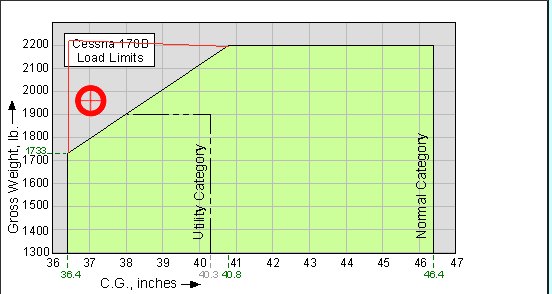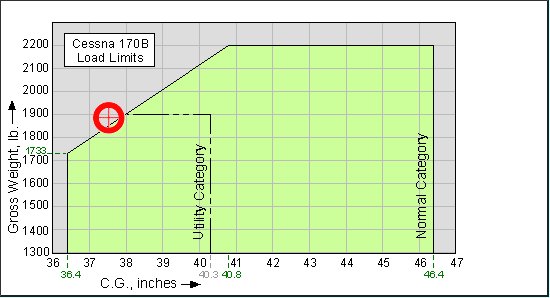DFH65
En-Route
- Joined
- Jun 29, 2013
- Messages
- 2,609
- Display Name
Display name:
DFH65
So been doing a bunch of calculations for possible purchase and the empty CG seems to be really far forward. See other thread here: https://www.pilotsofamerica.com/com...-on-late-50s-172s-whats-your-empty-cg.120950/
Anyway all this got me thinking can anyone explain the reason for the front angle on the CG envelope. From what I read on line it has something to do with certification and stick forces. My question is one of curiosity since the condition can be remedied simply with ballast but is this considered a forward CG condition with the normal forward CG flight characteristics? Is it in CG but out of envelope? What flight characteristics would you expect?

Anyway all this got me thinking can anyone explain the reason for the front angle on the CG envelope. From what I read on line it has something to do with certification and stick forces. My question is one of curiosity since the condition can be remedied simply with ballast but is this considered a forward CG condition with the normal forward CG flight characteristics? Is it in CG but out of envelope? What flight characteristics would you expect?


